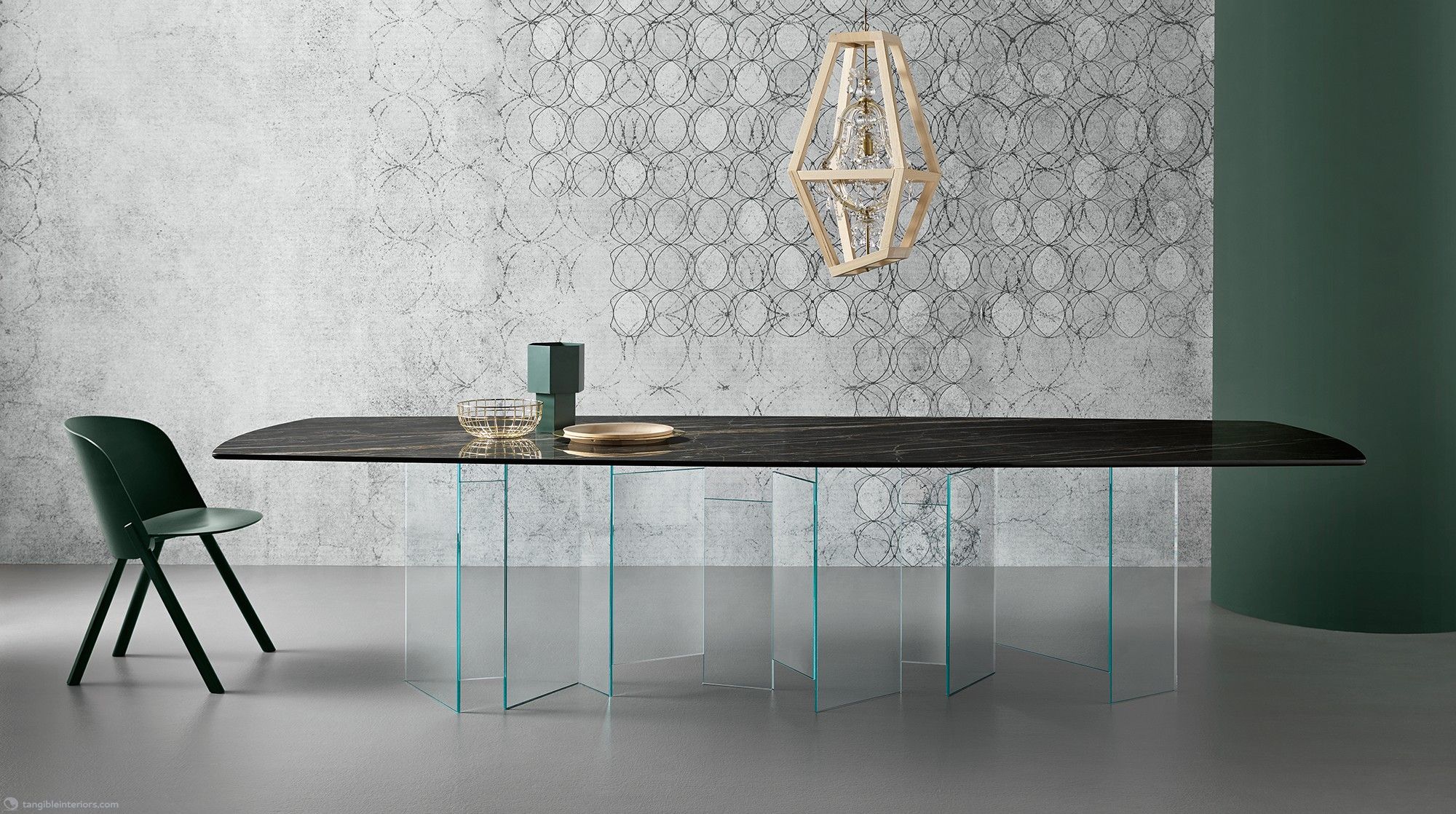From the Architectural Studio: Chicago’s Approach to Storage Design
Greetings from our architectural practice in Chicago’s River North district. For seventeen years, we’ve been integrating storage solutions into residential projects across the Chicagoland area – from Lincoln Park brownstones to Gold Coast high-rises, from Evanston vintage homes to Oak Park prairie-style residences. Here in Q4 2025, we’re observing how architectural thinking transforms ordinary closets into spatial experiences that honor both function and the built environment.
Chicago’s architectural legacy – from Sullivan’s ornament to Wright’s organic architecture to Mies van der Rohe’s modernism – influences how we approach every design challenge, including storage. We believe closets deserve the same rigorous spatial analysis and design consideration as any other architectural element. Let me share how architectural principles elevate storage from utilitarian necessity to integrated design.
Spatial Theory Applied to Storage
Walk in closets represent genuine architectural opportunities when approached with proper design rigor. We’re not simply arranging shelves – we’re creating inhabitable volumes that relate to adjacent spaces through material continuity, proportional harmony, and experiential flow.
Our architectural methodology for closet walk design begins with spatial analysis:
Volumetric assessment: We calculate cubic footage, not just floor area. A 10×12 walk-in with 8-foot ceilings provides 960 cubic feet of potential storage volume. Our design challenge involves activating this three-dimensional space efficiently while maintaining human-scale proportions.
Circulation dynamics: Applying architectural circulation principles, we maintain 42-48 inches of clear passage – sufficient for comfortable movement while allowing doors to fully open and drawers to extend without obstruction. This exceeds typical residential hallway width (36 inches) because closets involve more complex movements.
Storage Solutions“>(more…)

